The level of flexibility is determined by the ability to freely move the joints through a certain range of motion without any external help. Yoga is one of the best ways to improve flexibility as it works on the mobility of muscles and joints. Some common yoga postures for improving flexibility include Bhujangasana, Paschimottanasana, Dhanurasana, hanumansasana. But a good Yogi will adopt mental flexibility more than the physical one, for example, accepting where you are today with the range of motion of your joints is being flexible. Non-acceptance of the present situation and forcing it towards your goal is rigidity. Does this mean you can’t reach your goal of getting into that perfect hanumanasan or Chakrasan?? You sure can! Designing a good yoga sequence, with consistent practice and a little bit of patience will eventually progress you towards your goal.
Is flexibility really needed for everyone?
Well, it’s a very common question, as we believe that flexibility is only needed for the ones who are engaged in some kind of physical activities like sports, dancing, martial arts, etc. This is a big misconception, as flexibility plays a very important role in our day-to-day activities like walking, bending, lifting, etc, and a good stretch routine should be incorporated into our daily workout regime. Especially as we age and if we have not engaged ourselves in any kind of activities or stretch routines, it will lead to muscle stiffness thereby leading to a lack of mobility and injuries. So irrespective of age or occupation, it is mandatory for everyone to stretch their commonly used muscles every day.
How to improve flexibility through Yoga?
Almost every Yoga posture demands flexibility of muscles for example even simple postures like Utananasa (full forward fold) and Adhomukhashvanasana (downward facing dog) demand a high level of hamstring flexibility which is most commonly lacking in someone who has not been practicing Yoga. The trick to improving flexibility is to do more active muscle engagements rather than passive ones. For example for Dhanurasana (upward bow pose), try to mimic the posture without holding the ankles for a couple of breaths which will focus on contracting and strengthening the backside of the body, after which performing actual Dhanurasana by holding the ankles will become much easier. Also, the long isometric holds of Yoga posture for 30-60 secs work at a deeper level of muscular tissues and help to get the desired level of flexibility.
Below are some Yoga postures that will help in improving the flexibility
Bhujangasana or cobra pose
Stretch: Entire upper body and shoulders
Great preparation for: Backbends
Steps to perform:
- Lie on your stomach with your toes pointed straight back
- Place the palms beside your ribs
- Inhale, press onto the palms, raise your head and chest up and roll your shoulders back and down
- Slightly tuck your chin so you maintain the long spine position. Stay here for 5 – 8 breaths and exhale and release the posture back down.
- To get deep into this posture, do a couple of rounds of active movement by lifting the palms placed beside the ribs slightly off the floor and then raising the head and chest up.
Anjaneyasana or low lunge pose
Stretch: Hip flexors, quadriceps, ankles
Great preparation for: Split, backbends
Steps to perform:
- From Downward facing dog, exhale and step your right leg forward in between your hands
- Lower the left knee on the floor and point the left toes straight back
- Inhale, raise both your hands up pushing your tailbone down and forward and feel the deep stretch in the left hip flexors
- Raise the chest forward and up and find your level of backbend
- To make it more intense, lift the left knee off the floor with left toes still pointing straight back.
- Hold this for 5 to 8 breaths and exhale, tuck the left toe, lift the left knee and take back your right leg to a downward-facing dog
- Repeat this on the left side
Upavishtakonasana or wide-angle seated forward fold
Stretch: Adductor muscles of the groin
Great preparation for: hip opening postures like trikonasana, goddess pose, etc
Steps to perform:
- Sit in Dandasana (staff pose)
- Open your legs as wide as possible
- Flex the feet and hold on to the outer arch of the feet with your hands
- Inhale raise your head and chest up
- Exhale bend forward resting the belly, chest and chin on the floor
- Hold here for 5-8 breaths
- Make this posture active by bending forward without holding the arch of the fee
Gomukhasana or Cow face pose
Stretch: Entire body, shoulders, arms, ankles, hips, thighs, and back
Steps to perform
- Sit in Dandasana (staff pose) with palms beside your hips.
- Bend your right leg and place the right foot under your left buttock.
- Place your left knee over your right knee.
- Raise the left arm above your head and bend the elbow so your left palm is touching your left shoulder blade.
- Simultaneously, bring the right arm around and behind your back and interlock both hands.
- Stay here for 5- 8 breaths.
- Exhale, release your arms, uncross your legs, come back to Dandasana and repeat it from another side.
Paschimotanasana or seated forward fold
Stretch: Entire backside of the body which includes calf muscles, hamstrings and upper back
Great preparation for: Forward fold
Steps to perform
- Sit in Dandasana (staff pose) with palms beside your hips.
- Bend forward and grab your toes (you can bend your legs if you can’t reach the toes)
- Inhale straighten your spine
- Exhale bend forward to your own degree
- Stay here for 5-8 breath
- Inhale release the posture and come back to Dandasana
Remember flexibility is not about how deep you can get into the posture, but about feeling the right amount of stretch in it.

